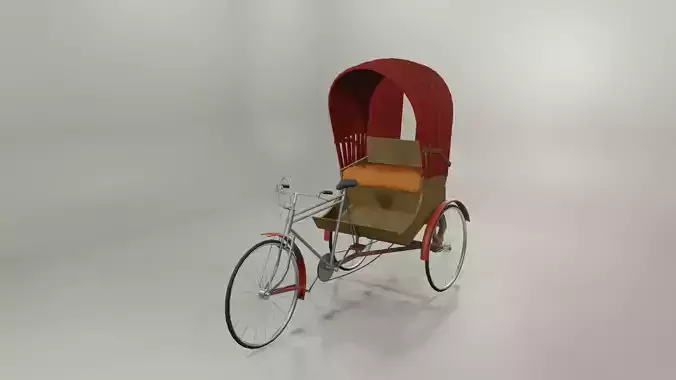1/5
Rickshaw one of the principal means of transport in the urban areas of Bangladesh. With the improvement of road communication throughout the country, rickshaw has now found its way into rural areas as well. As a mode of transport rickshaw was first introduced in Japan in the early twentieth century. This mode of transport became particularly popular there due to the Second World War situation, which made petrol and motorised transport scarce and expensive. Japan, however, had soon replaced rickshaw, nintaku in Japanese, with motorised vehicles and by the 1950s the cycle rickshaw had disappeared from Japan.
In the 1930 and early forties rickshaw became popular in Indonesia, Singapore and other Southeast Asian countries. Rickshaw is said to have reached Chittagong from Myanmar in 1919. Interestingly, rickshaw did not spread out to Dhaka and other cities of Bangladesh from Chittagong.
Dhaka got rickshaw from Calcutta, where it was first introduced around 1930. European jute exporters living in Narayanganj and Netrokona (in Mymensingh) had first imported cycle rickshaw from Calcutta in 1938 for their personal use. The new vehicle roused great curiosity among the people of Dhaka, who were traditionally used to horse carriages, palanquins and city-canal boats. Initially cycle rickshaw did not receive enthusiastic response from users.
REVIEWS & COMMENTS
accuracy, and usability.





